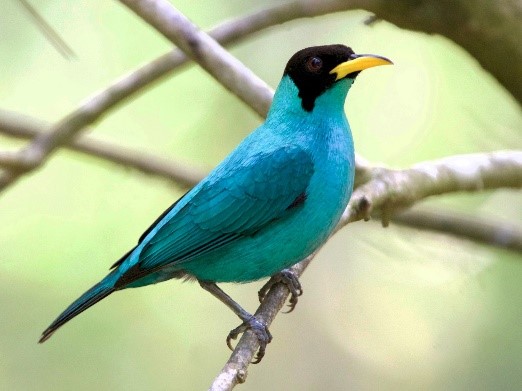





Disclaimer: Copyright infringement not intended.
Context
Green Honeycreeper
Physical Characteristics:
Distribution:
Habitat:
Diet:
Behavior:
Reproduction:
Conservation Status:
|
PRACTICE QUESTION Question: Which of the following statements about the Green Honeycreeper (Chlorophanes spiza) is/are correct? 1. It belongs to the family Thraupidae and the order Passeriformes. 2. Adult males display a vibrant green plumage with a turquoise-blue patch on the throat and chest. 3. The Green Honeycreeper primarily feeds on seeds and small insects. 4. The species is classified as "Least Concern" on the IUCN Red List. Select the correct answer using the codes below: A) 1 and 2 only B) 2 and 3 only C) 1, 2, and 4 only D) 2 and 4 only Answer: B) 2 and 3 only |







© 2025 iasgyan. All right reserved